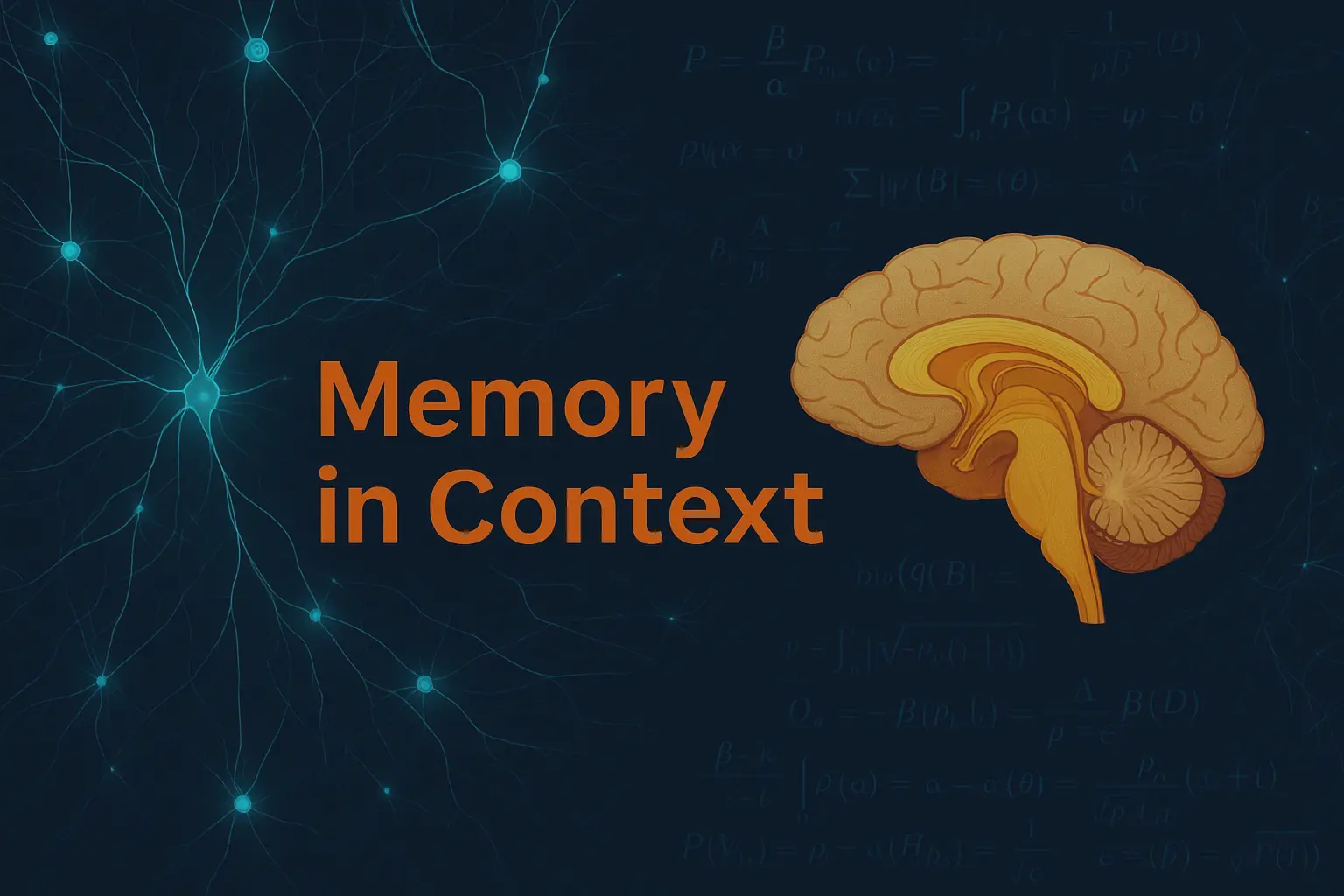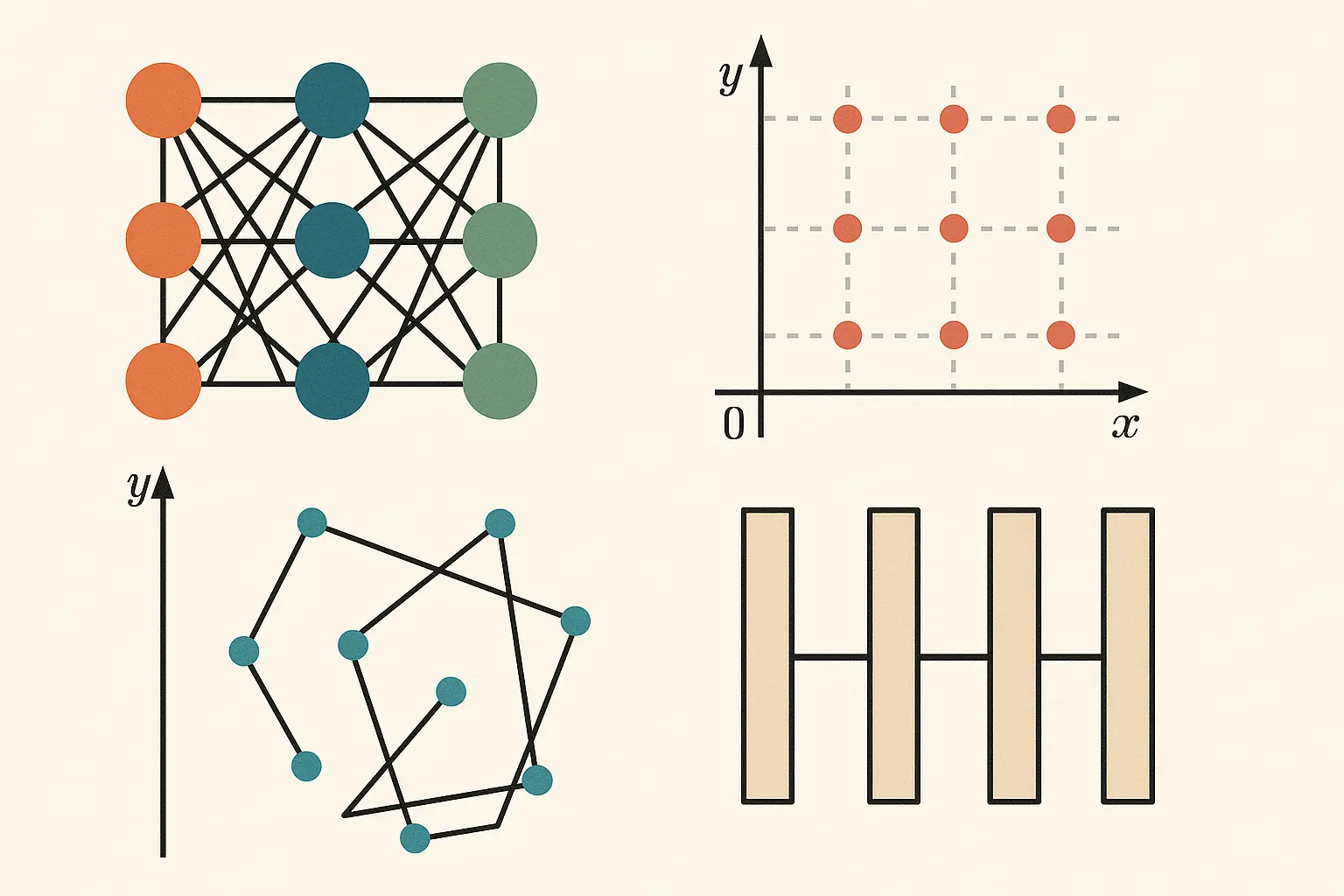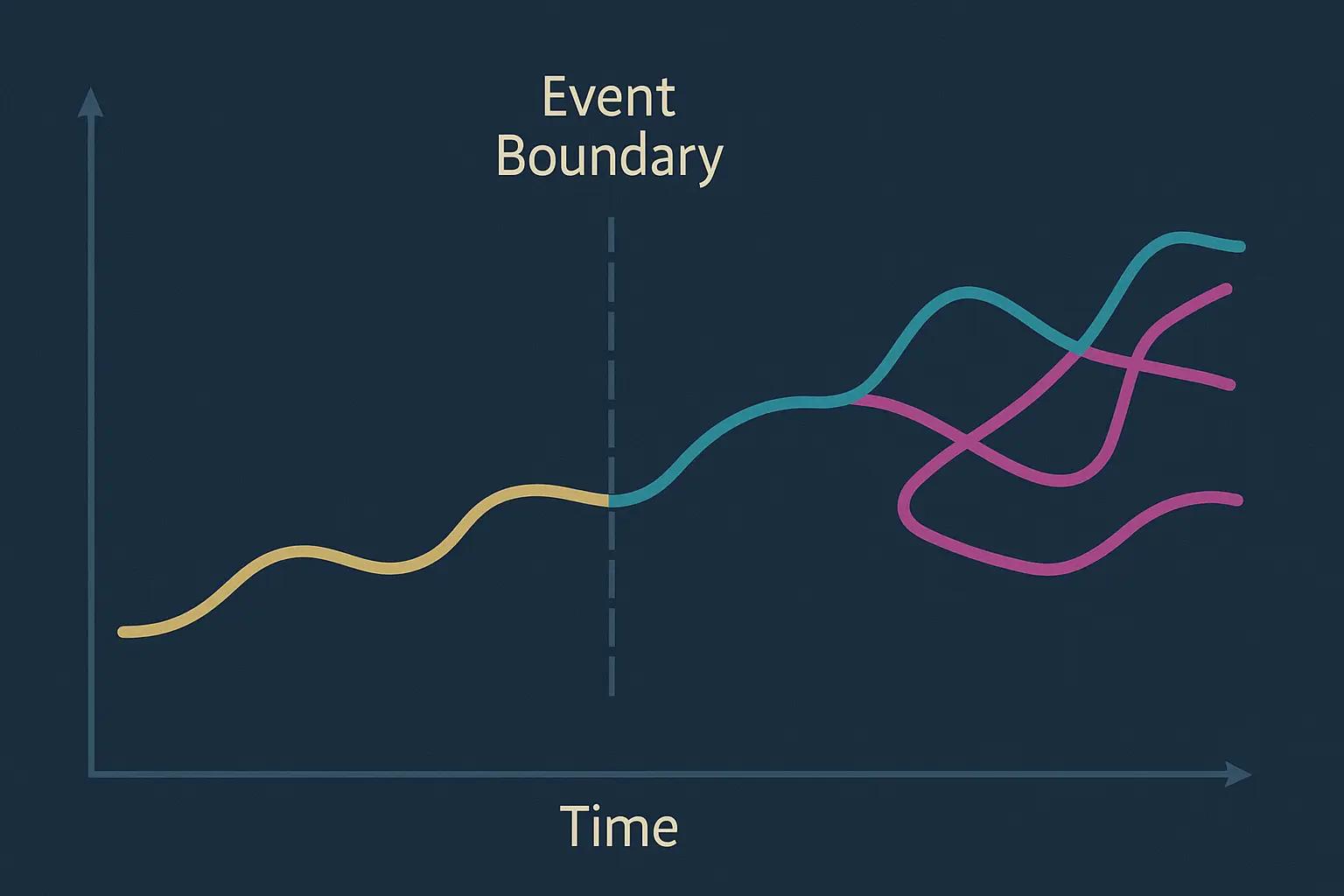CogFunSearch: Symbolic Cognitive Models with LLMs
A look at CogFunSearch, a new method using LLMs to automatically discover symbolic cognitive models from human and animal behavior.

Original Paper: Discovering Symbolic Cognitive Models from Human and Animal Behavior
We explored “CogFunSearch,” a novel method that leverages the power of large language models (LLMs) to automatically discover symbolic cognitive models directly from behavioral data. This approach offers a new path to creating interpretable, structured models of cognition.
Summary of the Presentation
- Symbolic Models: These models are valuable as they use interpretable variables (e.g., “prediction error”, “learning rate”) to represent cognitive processes, but they are difficult to design by hand and can lack enough flexibility to capture complex behaviors.
- CogFunSearch: Inspired by Google DeepMind’s”FunSearch,” this method uses an LLM to generate and evolve symbolic models as python code, which are then evaluated against behavioral data. High-performing models are fed back to the LLM to improve subsequent generations of models.
- Performance: The model was tested on data from humans, rats, and flies, with the LLM-discovered models consistently outperforming human-designed baseline models in both data fitting and generalization. For more complex human behavior, providing the LLM with a structured “seed” program as a starting point significantly improved the results.
- Complexity: The discovered models not only fit the data well but also captured key behavioral signatures, like how rewards and previous choices influence future decisions. While more accurate models tended to be more complex, the system demonstrated an ability to find a good balance between predictive power and interpretability.
Key Discussion Points
Is the model truly better?: A key critique was that the model’s improved performance might be due to more parameters, not a better structure, as the paper didn’t use metrics like BIC to penalize for complexity.
Interpretability of AI-generated code: Another critique was the code generated might not truly be interpretable. The presenter argued that LLM-generated code can be interpretable because it’s trained on scientific literature and thus uses familiar terms (e.g., “Q values”).
Incorporating biological plausibility: We discussed how to ensure the discovered models are biologically meaningful. Providing a biologically plausible “seed program” can act as a soft constraint, guiding the LLM towards more realistic solutions.
The future role of scientists: A major topic was the potential for AI to automate key scientific tasks. There was a shared concern that tools like CogFunSearch could reduce the need for human experts in specialized modeling, much like AlphaFold changed protein structure prediction. This might push researchers to focus on more general, high-level questions.
Cost vs. Benefit: While the computational cost is currently high, the underlying idea is powerful. The approach has the potential for exponential improvement, much like AlphaFold, and could one day dramatically accelerate the pace of cognitive modeling.



